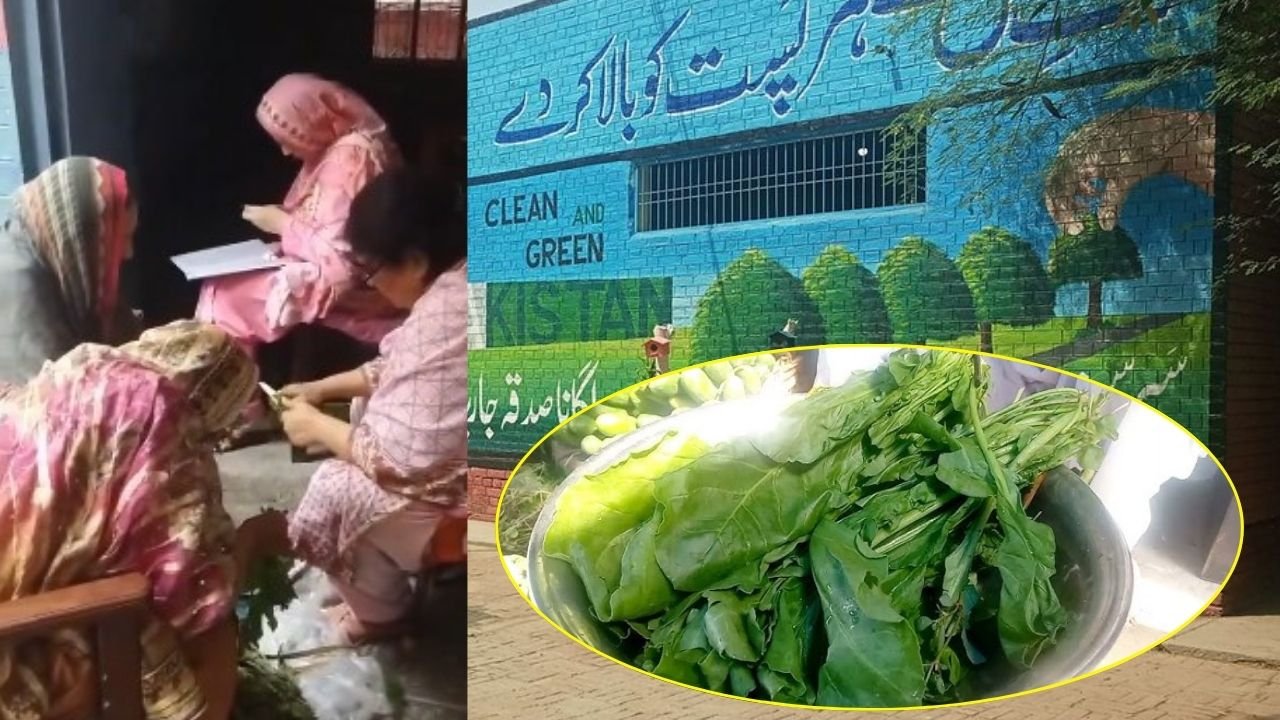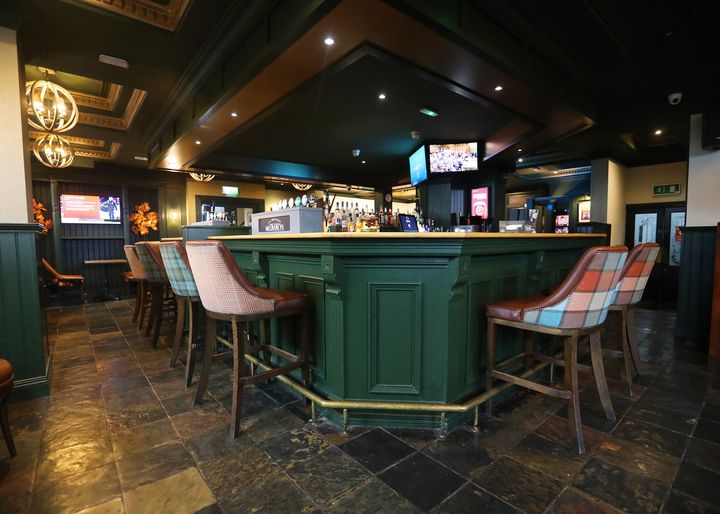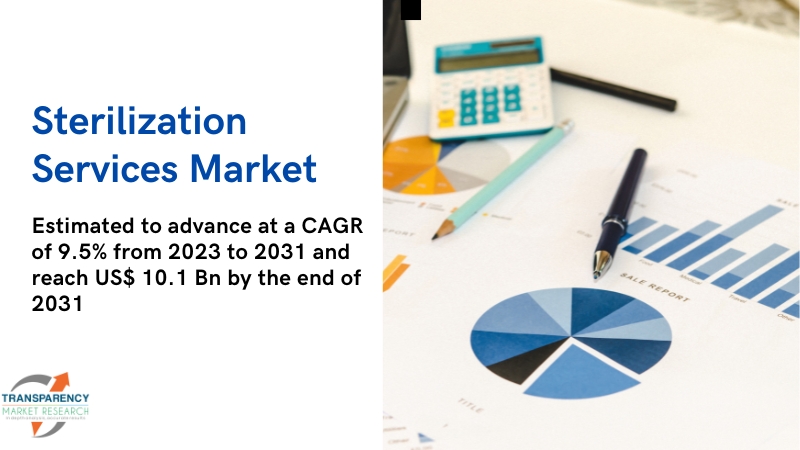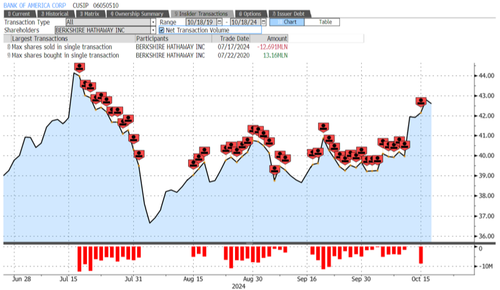
Beware of what you wish for, elders say, for it may come true. For most equity investors, their top-most wish would undoubtedly be a stock that delivers robust capital appreciation as well as handsome dividends. Well, for many of the faithful, this wish has been granted in the form of Vedanta Ltd.
The natural resources company has been the top performer in the Nifty Metal Index over the past year, soaring 145%. And as far as dividends are concerned, Vedanta is in such a generous mood that it may soon replace Santa Claus as the poster-boy of gift-giving. By some measures, it has already done so.
Santa comes bearing his gifts only once a year. Vedanta does it with regular abandon. Drunkard in the casino Last week, the mining-to-metals giant said it would distribute the fourth interim dividend for FY25.
The Anil Agarwal-led company paid the third interim dividend in September. So far this fiscal year, Vedanta has approved a total dividend payout of 13,474 crore. In FY24, it had declared a total interim dividend of 10,966 crore.
To put this figure in context, the company’s profit after tax for FY24 stood at 11,254 crore (down 22% on-year) while long-term borrowings swelled 16% to 50,633 crore. In FY23, Vedanta’s dividend payout was even higher at 37,572 crore, while profit after tax tumbled 39% to 14,506 crore. So why is a company with declining profits and a growing pile of debt that is at the mercy of the global commodities cycle doling out dividends with the gusto of a drunkard in a casino? The answer lies far away in London.
Vedanta is a majority owned and controlled subsidiary of Vedanta Resources Ltd, which was once listed in London but has been delisted now. VRL had borrowings of about $5.5 billion (over 46,000 crore) as of June-end.
It deleveraged its balance sheet by $3.7 billion over the past two years and plans to pare debt by $3 billion over the next three years. The steady stream of dividends from Vedanta (as well as its cash-rich subsidiary Hindustan Zinc) is integral to ensure the financial health of its parent.
But what about the financial health of the India-listed firms? Failed delisting Consistent dividend is among the most important tests for a listed company, but an unusually high dividend yield can be a negative indicator as that money could have been reinvested to grow the business. This is especially true for Vedanta, which has committed to execute about $8 billion ( 67,000 crore) of growth capex in the next few years. But as veteran Vedanta investors know only too well, the stock is not for the faint of heart.
Just four years ago in May 2020, VRL sought to delist Vedanta from the exchanges by offering shareholders 87.50 per share – a 9.9% premium to the closing price of the day before the announcement.
However, this set off a volley of protests from the shareholders, who said the company was severely undervalued by the promoters. Proxy advisory firm Institutional Investor Advisory Services (IiAS) termed the price “opportunistic" as the stock was trading at a steep discount to its historic five-year average amid the Covid-triggered pandemonium in financial markets globally. State-owned Life Insurance Corporation (LIC), which owned s 6.
37% stake in Vedanta, offered to tender shares at 320 apiece. The delisting proposal, naturally, came to naught. The share trades above 511 currently, which is 484% higher than the delisting price.
This was not the first time Agarwal had to contend with a setback. If anything, he thrives on it. Over his five-decade-long career, the scrap dealer-turned-billionaire has had numerous showdowns with rivals, investors, environmentalists and regulators, and lived to tell the tale.
Fuelled by debt His group received a shot in the arm when he acquired Hindustan Zinc and Bharat Aluminium Co (BALCO) from the government at a great price about two decades ago and transformed these companies into cash-spewing machines. He forayed into the oil and gas sector with the acquisition of Cairn India for $9.6 billion in 2011.
The hectic dealmaking was chiefly fuelled by debt, which has remained an overhang on the group for a long time. This also led to more than 99% of the promoter shareholding in Vedanta and Hindustan Zinc being pledged to lenders. The group sprang yet another surprise last year when it announced the demerger of Vedanta into six independent companies – Vedanta Aluminium, Vedanta Oil & Gas, Vedanta Power, Vedanta Steel and Ferrous Materials, Vedanta Base Metals, and Vedanta Ltd.
The key reasons stated were simplification of group structure, unlocking value and raising productivity. Curiously, these were also among the reasons given about a decade ago when VRL went on a consolidation spree by acquiring and/or merging Sesa Goa, Cairn India, and Sterlite Industries. Separating the signal from the noise is a good quality to possess.
For Vedanta investors, though, it is critical for their sanity. Vedanta is like a noisy village fair with too much going on at the same time – humongous debt, speedy deleveraging, Byzantine holding structure, a maverick promoter, a penchant for making big-bang announcements, and an undeniably lucrative bunch of assets. Amid all the flurry of headlines, sometimes it can be easy to miss the last point.
China factor Vedanta has a 75% share in India’s primary zinc market (through Hindustan Zinc), owns the world’s largest underground zinc-lead mine at Rampura Agucha, is the third-largest silver producer in the world, accounts for about 25% of India’s crude oil production, is the country’s largest primary aluminium producer and is one of the largest merchant iron-ore miners in India, among other feathers in its large cap. Its Q1 results were also in line with estimates, with net sales rising 6% YoY to 35,800 crore and consolidated EBITDA soaring 55% to 9,900 crore. It also got an unexpected boost recently after China announced measures to shore up growth, pushing the prices of industrial metals such as aluminium, copper, and nickel to multi-month highs.
As the world's largest consumer of base metals, accounting for some 50% of global output, China is central to the global commodity cycle. The company’s new ventures too are closely tracked. In 2022, it announced a $19.
5 billion semiconductor joint venture with Foxconn. The plan was shelved last year, with Vedanta saying it will bring in new partners. All the handwringing about debt and dividends aside, the Street seems comfortable with Vedanta’s position as of now.
The stock has also benefitted from anticipation of the deleveraging exercise, which secured lenders’ nod in July 2024. In this frenzied bull market, if two-outlet bike dealerships can get their initial public offers subscribed 400 times, one can only imagine the demand for high-quality paper. All in all, investors have little cause to complain, at least for the moment.
Good times should be enjoyed unabashedly. As market long-timers will tell you, good times, like hefty dividends, do not last forever..














